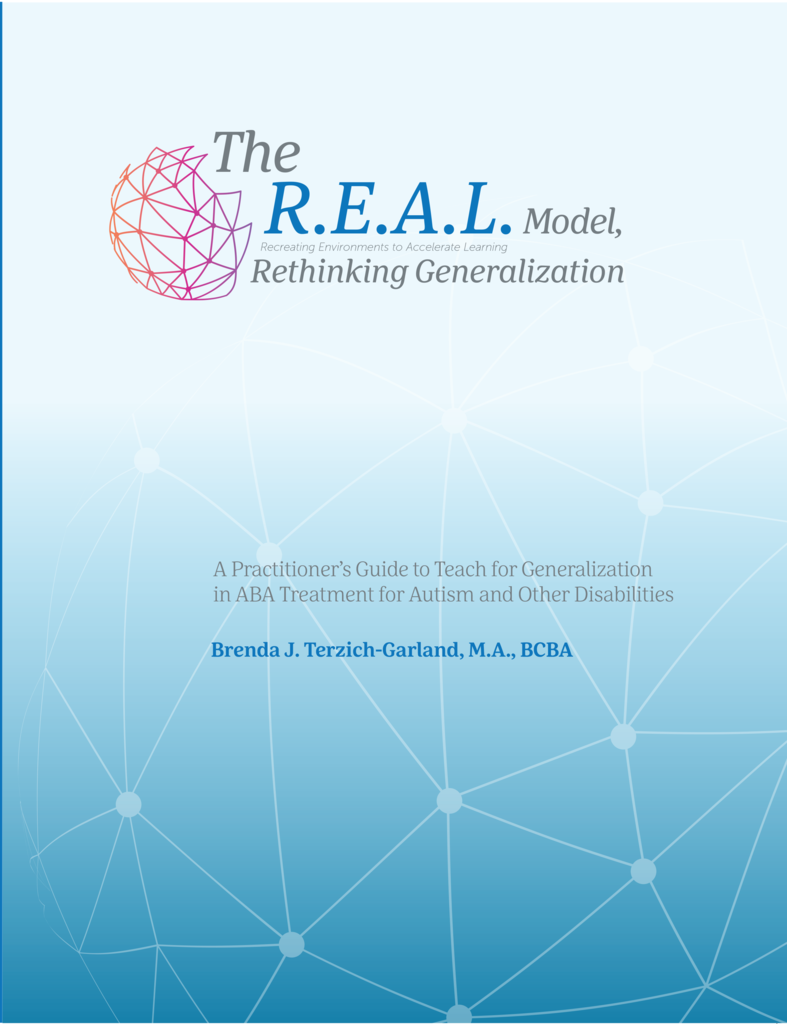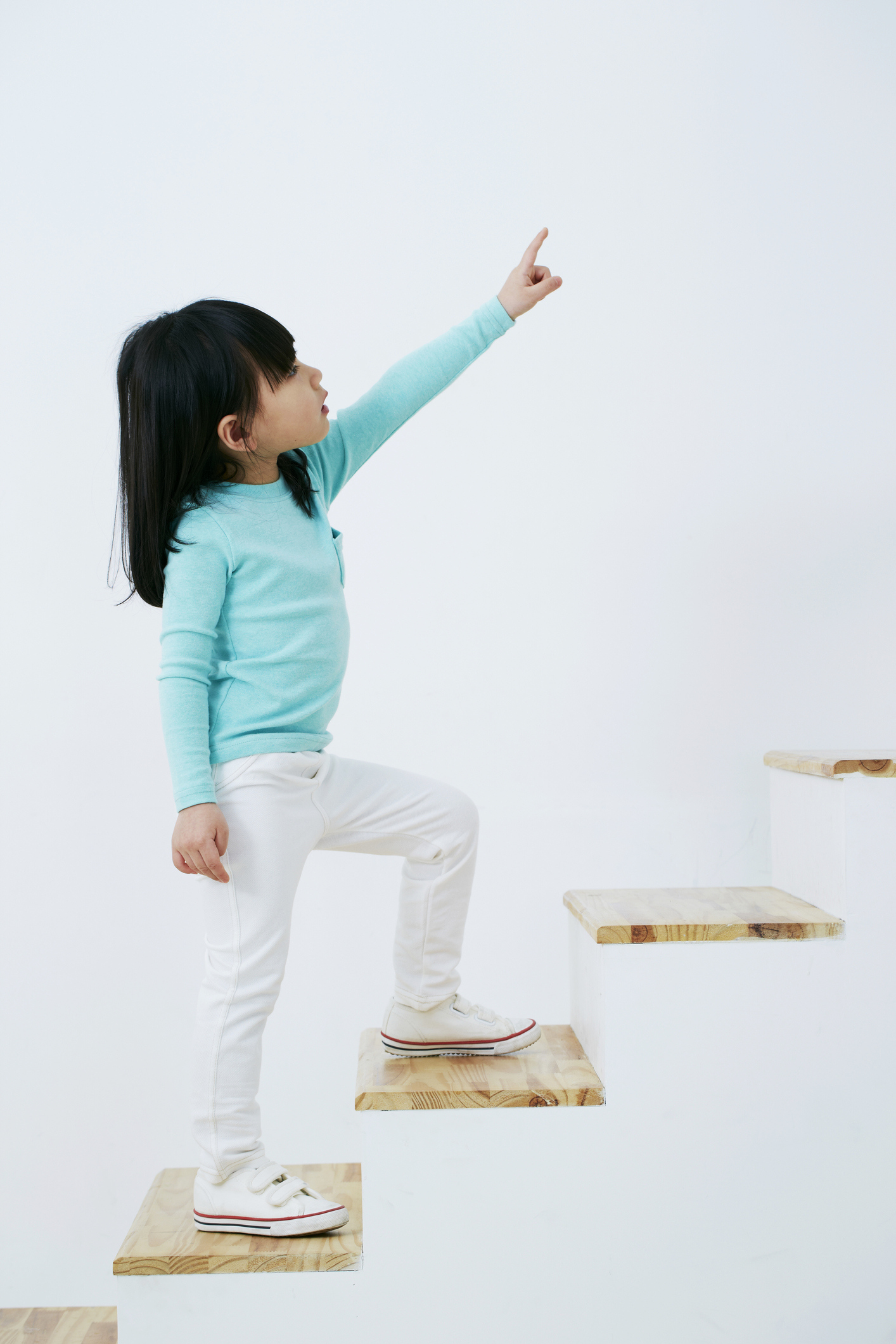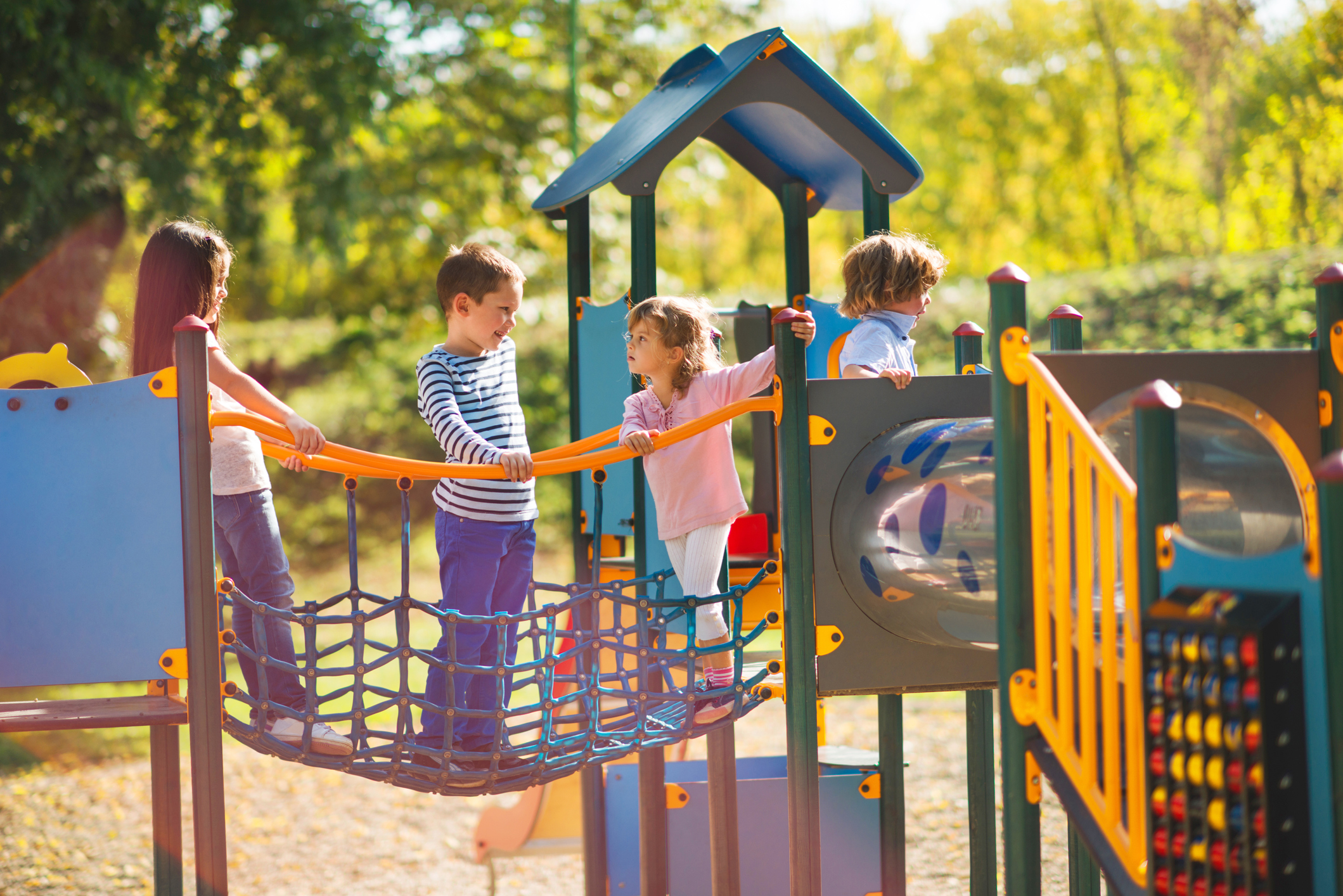
9 Things You Didn’t Know About Generalization
Author: Brenda J. Terzich-Garland, MA, BCBA
Generalization – What More is There to Learn?
Generalization is one of those areas in Applied Behavior Analysis (ABA) that is critical to the success of any child, student, and adult with autism or autism spectrum disorder. The concept of generalization is introduced in any college academic course when learning about how the scientific principles of behavior analysis apply to changes in human behavior. Much of what has been written or discussed conceptually in the academic literature on generalization is comprehensive. Such as the types of generalized behavior change to plan and promote, as well as generalized outcomes (Cooper, Heron and Heward 2007/2021). As a matter of fact, it leaves you with the notion that there is nothing new to learn about generalization, and of course, all practitioners need to plan or promote generalization when changing any behavior. What more is there to learn? However, when moving from theory to practice and collecting research, much is forgotten. In other words, many practitioners are left to train what they know to change behavior and come to realize there are limitations with what they learned about generalization. But do you, as a behavior analysis practitioner, ever said, “what is it that I don’t know?” Or perhaps generalization needs to be presented in a way that makes you say, “I didn’t know what I didn’t know.”
Changing How ABA Treatment is Planned & Implemented
Practitioners who provide intensive ABA treatment know generalization is an on-going challenge and what is often observed by others is children with autism fail to generalize. Assumptions are made about what ABA does or does not do for children and students on the autism spectrum. The question isn’t whether ABA works or doesn’t work when it comes to behaviors not generalizing, but how can you change the way treatment is planned and implemented to bring about the generalized behavior change that is not occurring beyond your conceptual understanding.
Nine Things You Didn’t Know About Generalization
Let’s discuss the nine things you didn’t know about generalization.
1. Generalization is the missing puzzle piece in ABA Treatment
 Ever wonder to yourself, “Why do some kids just ‘get’ it, while others don’t ever seem to?” The answer is in how you are planning for generalization. Though most BCBA®’s agree that ABA programs must include some sort of generalization program, the missing piece is a practical resource for how to best plan and train for generalization. Enter in The R.E.A.L. Model, Recreating Environments to Accelerate Learning (Terzich-Garland, 2020). The R.E.A.L. Model offers a structured, systematic way to teach for generalization.
Ever wonder to yourself, “Why do some kids just ‘get’ it, while others don’t ever seem to?” The answer is in how you are planning for generalization. Though most BCBA®’s agree that ABA programs must include some sort of generalization program, the missing piece is a practical resource for how to best plan and train for generalization. Enter in The R.E.A.L. Model, Recreating Environments to Accelerate Learning (Terzich-Garland, 2020). The R.E.A.L. Model offers a structured, systematic way to teach for generalization.
2. Generalization is a behavioral process of teaching and learning
Generalization should be viewed as an active process of skill learning, which also requires a systematic approach to teaching. Every child needs to be taught how to generalize repeatedly throughout their developmental years, whether they are typical learners or have Autism Spectrum Disorder.
 3. Generalization involves the generality of behavior and the generality of training procedures
3. Generalization involves the generality of behavior and the generality of training procedures
Stokes and Baer, 1977 wrote that generalization is often seen as a failure to discriminate rather than an active process involving conceptualization and technology. Practitioners often recognize a failure to generalize only by default after targets mastered in a structured teaching do not generalize to the child’s natural environment.
4. Generalization is an outcome of behavior change
Learned behaviors change over time in response to environmental contingencies. As you identify repertoires to teach the child, you also need to know what type of generalization is required and what skills the child has already generalized.
 5. Generalization prevents robotic and memorized learning
5. Generalization prevents robotic and memorized learning
Learning is not linear; concepts and skills build on each other. If learning builds as the child develops, generalized behavior change does as well. Practitioners should not reinforcer rote or robotic responding, even if the behavior is technically “correct.” One should reinforce variability and flexibility in responding as much as possible.
6. Generalization should be viewed as an operant
Operant behaviors are controlled by their consequences. Generalization should be treated the same way. Practitioners must reinforce generalized skills if they want to see generalization increase.
 7. Teaching for generalization can be done systematically
7. Teaching for generalization can be done systematically
If we see the delivery of ABA services as a “quick fix” and fail to provide the proper analysis of what guides our effectiveness, we will default to being curriculum-driven practitioners. Each level of The R.E.A.L. Model provides a behavior-analytic process in the systematic use of environmental contingencies and their influences on shaping behavior, creating a reliable pattern of those contingencies. As a result, behavior changes can be analyzed systematically by direct influence, ecological factors, or imposed societal norms. Practitioners are informed of what contingency needs to be changed, added, or removed to provide effective interventions toward desirable behavior changes and replicability.
 8. Generalization gives practitioners a way to provide ABA Treatment wholeheartedly
8. Generalization gives practitioners a way to provide ABA Treatment wholeheartedly
We need to go beyond programming and look at the contingencies that affect the child directly, specifically, parent-child interactions based on what is typically expected. It also requires that practitioners be mindful of their impact on others they train, be flexible and adaptable to the changes in parent-child family life and help develop values that navigate the parent to have successful interactions with their child day today.
9. Generalization gives ABA Treatment meaning in all aspects of a child’s life
A practitioner must understand the child’s life outside of ABA Treatment to achieve the ultimate goals of intervention. ABA is not a commodity but a whole treatment process designed to address all aspects of a child’s life, ultimately improving the overall quality. A practitioner must work closely with all individuals in their child’s life to create meaningful interactions with family, friends, and the social/verbal community.
 How Can Rethinking Generalization, with The R.E.A.L. Model Help?
How Can Rethinking Generalization, with The R.E.A.L. Model Help?
Create a “Big Picture” of what the parents what to achieve for their child using the Real Matrices.
The Real Matrices provides a genuine way of connecting with parents, so they feel part of their child’s ABA program from the start. Why? Because the Real Matrices provides a relatable way of taking what the child learns from intensive treatment and allowing the parents to see the outcomes as it applies to their daily family life.
Parents successfully develop values that navigate them through the journey of their child’s ABA treatment program.
 Naturally organize and sort lessons mapping out the direction the intervention is heading, indicating that the end of the intervention is not something to fear but success to the child’s future learning.
Naturally organize and sort lessons mapping out the direction the intervention is heading, indicating that the end of the intervention is not something to fear but success to the child’s future learning.
Focus is on quality and effective change over time, not just quantity of meeting treatment goals.
Provide practitioners and parents to see generalization as an “active process of teaching from the start to the end of intervention” (Stokes and Baer, 1977).
The R.E.A.L. Model is a behavioral process framework that teaches for generalization systematically.
Practitioners can provide ongoing analysis while programming for the expected generalized behavior change in the settings that are useful and purposeful for the child.
See typical development as a friend, not a foe.
Functional analysis of what is expected of typical children throughout their developmental years is the key to programming for generalized changes that are purposeful.

Unlocking the full potential of every child independent of his/her functioning level.
Build the child’s repertoire within the context of family and community life, providing a plethora of opportunities to see how societal norms already provide the long-term contingencies that need to be programmed systematically for successful generalized integration with peers and the social verbal community.
Interactively participate not just integrate into society.
When practitioners see generalization as “an active process” of teaching, they immediately move from “train and hope” to delivering ABA treatment compassionately, interactively, and bringing about generalized behavior change that is meaningful to the child, parents, and family life as a whole.
Remember:
Behaviors are generalizable if . . .
Generative learning can occur*
Enhance child and family life
Necessary to the child’s daily life
Essential in building new repertoires
Robust to last over time
Adaptable across settings
Learning occurs across different trained environments
Interdependence is attainable (involving others and increased independence)
Zeigarnik effect incorporated or counter-controlled**
Adjustable to societal norms and values
Bridges other concepts and skills
Learning occurs in natural environments
Ensures access to other environments and new contingencies
*Generative learning occurs when existing skills enable or accelerate the acquisition of other skills, without direct teaching or reinforcement (Rosales-Ruiz & Baer, 1997).
**Zeigarnik effect (McKinney 1935; Zeigarnik 1927). Incorporated (increase task completion) or counter-controlled to decrease the greater likelihood of remembering an unfinished task than finished tasks which can disrupt completing daily routines
 Rethinking Generalization with the R.E.A.L. Model
Rethinking Generalization with the R.E.A.L. Model
Many ABA practitioners believe they plan for generalization, but there is often a gap between practitioners’ conceptual understanding of generalization and the skills needed to teach for generalization in a systematic and effective way. Thus, there is a need to rethink generalization when planning and programming for generality.










